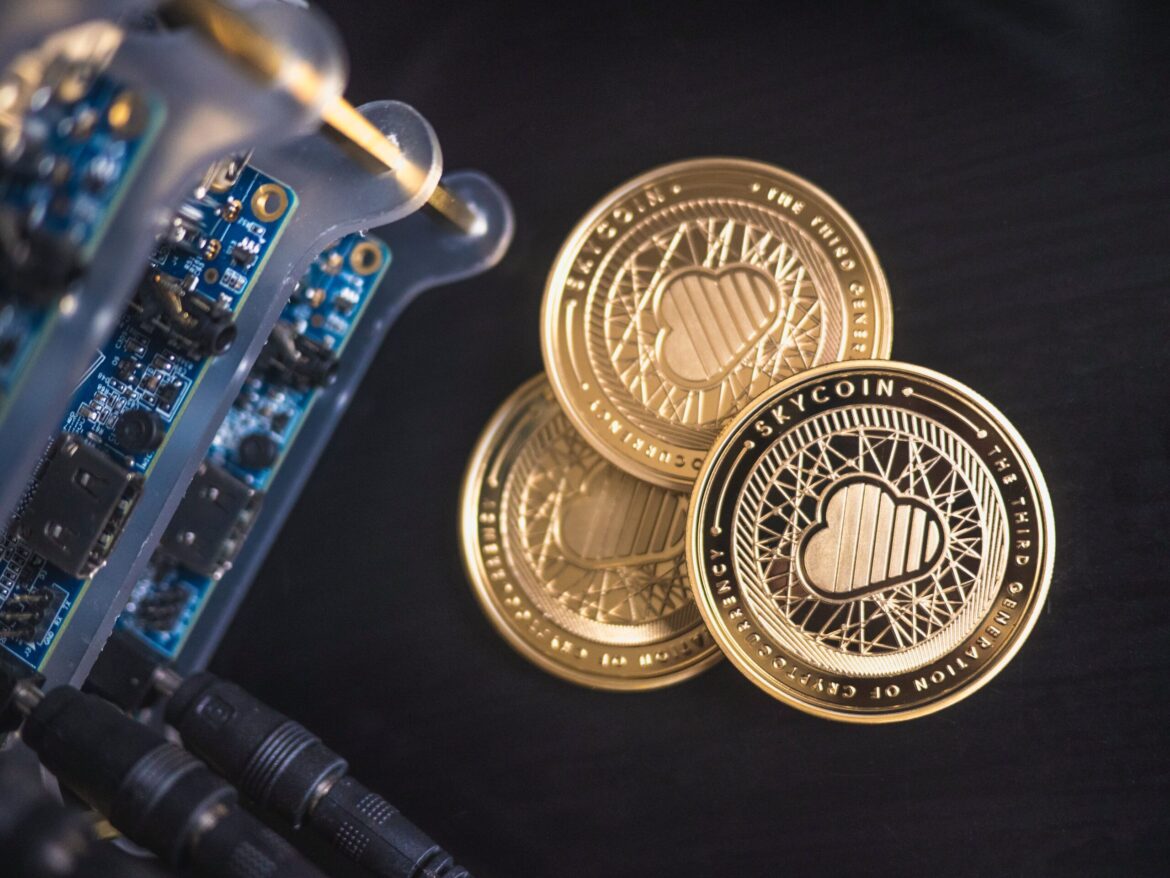911
Stablecoins are an important innovation in the world of cryptocurrencies as they offer stability and reliability.
Stablecoins: stability in the world of cryptocurrencies
Cryptocurrencies such as Bitcoin, Ethereum and other digital currencies have long since ceased to be niche products and have become part of the global financial system. But besides the best-known cryptocurrencies, there is another interesting category of digital assets: stablecoins.
- Stablecoins are a special type of cryptocurrency that are very different from other digital assets.
- Their main characteristic is their stability of value. Unlike Bitcoin, whose price is subject to wide fluctuations, stablecoins are designed to have their value tied to a stable reference, such as the US dollar.
- This means that 1 stablecoin is always worth about 1 US dollar.
- One of the most popular stablecoins is Tether (USDT), which is directly pegged to the US dollar. Other popular stablecoins are USDC, DAI and BUSD.
- These digital currencies are often used in crypto exchanges to quickly trade between different cryptocurrencies without fearing the volatility of Bitcoin or Ethereum.
Different approaches to stability in the crypto world
Stablecoins can be tied to the value of an established currency in a number of ways.
- Fiat-backed stablecoins: These stablecoins are backed by reserves in fiat currencies such as the US dollar or the euro. This means that for every unit of stablecoin in circulation, a corresponding amount of real money is held in a bank account or escrow. This ensures stability of value.
- Crypto-backed stablecoins: This type of stablecoin is backed by a combination of cryptocurrencies. This increases transparency and strengthens users’ trust in the stability of the coin. For example, Ether and Bitcoin could be used to back the stablecoin.
- Algorithmic stablecoins: In this variant, the value of the stablecoin is controlled by an algorithm. The algorithm reacts to supply and demand and adjusts the money supply of the stablecoin accordingly to maintain the desired value. This often requires complex mathematical calculations and is less transparent than the other methods.
